In CA: Some of the state's worst air is here, along with the highest per capita hospitalization rate
Gov. Newsom delays planned pre-K offerings and expanded health coverage, dips into reserves and cuts state pay. And a county already plagued by environmental-driven health issues suffers disproportionately from the coronavirus. Plus: Stick around for stories that remind us growth isn't always easy.
It's Arlene Martínez, rounding up some of the day's biggest news.
But first, black oil sunflower seeds and other ways I'll bring all the birds to my yard.
Stay safe and informed with news and resources from across the USA TODAY Network and beyond: Sign up for In California today (it's free!).
It has terrible air and now, the highest per capita COVID hospitalization rate in the state

Imperial County is home to some of the state's most polluted air. It also has the highest per capita rate of coronavirus hospitalization in California, with 31 out of every 100,000 residents falling in that category.
Compare that to Los Angeles County, which is more than 50 times as populous as Imperial but reported 17 out of every 100,000 people hospitalized with the virus, data released Wednesday from state health officials shows.
The rural county, which is contiguous with Mexico and Arizona, has also struggled with high rates of respiratory illnesses. And residents have rates of tuberculosis that are eight times higher than the national average, at 25 per 100,000, as compared with 3 per 100,000 nationally.
Non-required masks, new wildfire evacuation shelters and outdoors seating
Riverside County made wearing masks into businesses optional. Many owners took elected officials up on that offer.
As the state heads into wildfire season amidst a pandemic, state and county officials say evacuation shelters could look more like campgrounds.
Downtowns across the country, including Ventura's Main Street and Santa Barbara's State Street, are considering closing streets off to traffic to offer socially distanced outdoor seating. Berkeley is extending its proposal to parks too.
Finding $54.3 billion in cuts
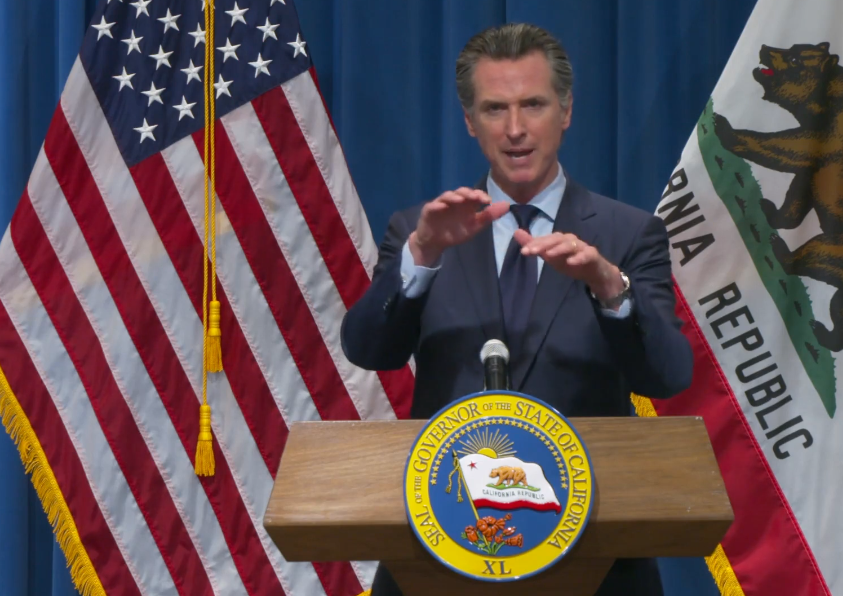
Tapping into reserves, deferring payments, delaying the expansion of social services/safety net programs and across-the-board pay cuts are all components of Gov. Gavin Newsom's revised 2020-21 spending plan.
Newsom's budget, which he unveiled Thursday and goes into effect July 1, reflects a coronavirus-induced $54.3 billion hole.
Let's dig a little into what's happening.
Revenue is down. Three of the state's biggest sources of money come from personal income, corporate and sales taxes. Collectively, the three will be down by more than $25 billion in 2020-21 compared to fiscal 2018-19.
Costs are up. Those stem from soaring unemployment claims (4.6 million people since March 12), increased health care costs, the coronavirus response and other impacts TBD.
Here's a percentage breakdown of how most of the gap will be covered:
16% from three state reserves. The largest of the three is the state's rainy day fund, which had $16.2 billion at the start of the pandemic.
15% from the federal government's CARES Act.
15% from eliminating proposed expansions. This includes dollars earmarked in the January version of the budget for homelessness response, medical coverage for undocumented seniors and some pre-K school programs.
19% from deferring payments. This includes a proposed $2.3 billion that had been scheduled to go to the state's significantly underfunded retirement system, CalPERS.
26% from across-the-board salary cuts of 10% on state employees will fill nearly a quarter of the deficit.
8% from scaling back tax incentives (subsidies) to spur certain types of research and development.
Public education will be hit particularly hard — it's set to receive $70.5 billion, a 13% decline from what it had been.
Could a more efficient government be a coronavirus after-effect?
That's what Newsom suggested, saying a lot of the government's work could be done differently, from fewer cars, cell phones and smaller travel and convention budgets. He pointed to the DMV as a starting point for reforms, noting that 97% of the agency's business is done virtually.
“One thing about this pandemic is it's opened our eyes to possibilities that we may never have seen even three of four months ago,” Newsom said.
And when money is short and will be for years, efficiency is key. Said Newsom: "You deserve a leaner government that’s more nimble, more effective, and targets the needs of the most vulnerable."
What else we're talking about
I remember wondering whether I should marry a rich person. Then I realized I'm not their type: They like other rich people. And it's exacerbating our income inequities.
For every mom (caregiver and human), there is "Workin' Moms," and the fourth season is on Netflix. Plans are in the works for a fifth. Find out what else joined the Netflix queue in May and what's soon expiring.
California shut down the economy but why? (Commentary)
Transforming can be slow and unexpected
The Storytellers Project is the brainchild of Megan Finnerty, who launched the series of live events as a way of connecting the community and reminding us we're more similar than different.
In lieu of in-person events, the team at SP put together playlists of some of the thousands of tellers who have taken the stage. Each Thursday, I'm featuring one here.
Week 9 showcases transformation and growth. Enjoy.
The things our young selves couldn't understand
Evan Roberts grows up loving Legos and can make anything out of them. Like so many little creators, he makes a gun, and then points it through the window of his suburban Cleveland neighborhood. His mom grabs it, angry and scared, and makes him swear he'll never make a gun out of Legos again. It's something he didn't understand as an African American child but now understands all too well.
AUDIO: Listen to Evan's story told in Phoenix.
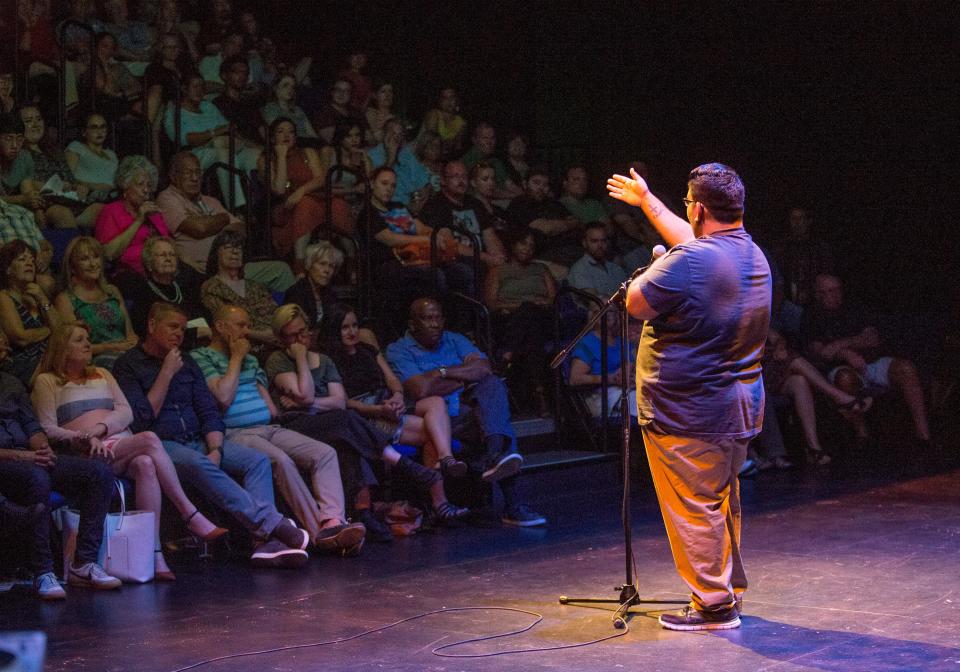
Eyes wide shut
Nate Romero goes to San Francisco to hang out on a school break and winds up spending the day with a new friend who delivers medical marijuana to AIDS patients. Nate, who went to school in Phoenix, hadn't really learned much about the AIDS crisis. Over the course of the day, he realizes that, as a gay man, he's part of this story.
AUDIO: Listen to Nate share his humorous and poignant story.
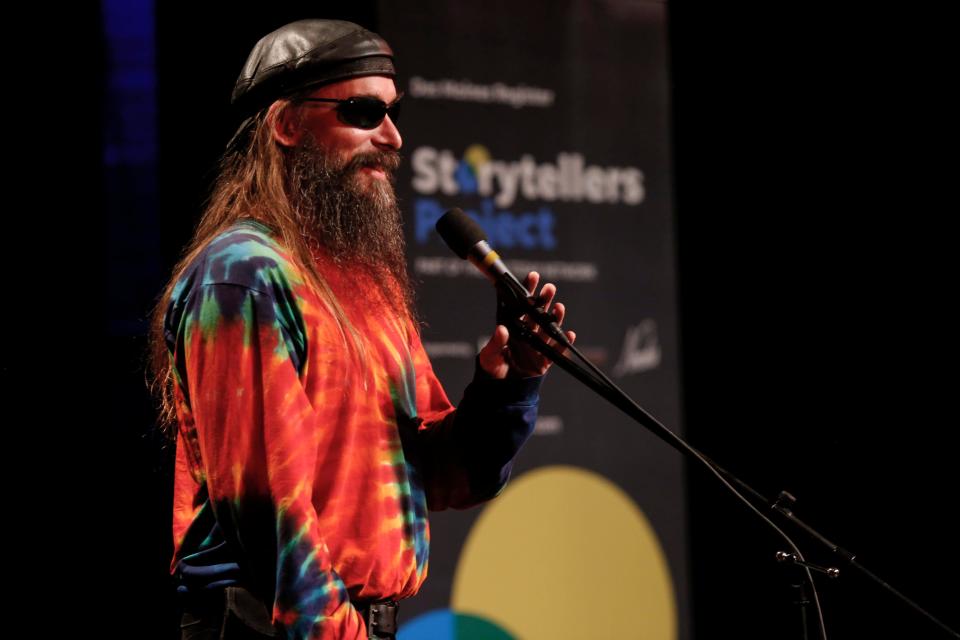
Finding his own rhythm
Growing up blind, Justin Appel was no stranger to being left behind. He discovers a piano, which helps him change his outlook and life rhythm. “I got older and figured out that people liked me more when I played music," he said. "Their fear and discomfort would dissolve and turn into joy ... Instead of being this scary blind kid, I was the music man — and that felt a whole lot better.”
VIDEO: Watch Justin as he shares his story on stage with humor and grace.
More than a diagnosis
Drew Riebhoff embraced the gay community in Des Moines when he first moved there from a small town in another part of the state. But at 25, he discovers he's HIV positive. Drew contracted the disease even during a time when condom use and sexual safety were at the forefront. It takes time but he learns to realize he's more than his diagnosis.
VIDEO: Watch Drew share his story on stage in Des Moines.
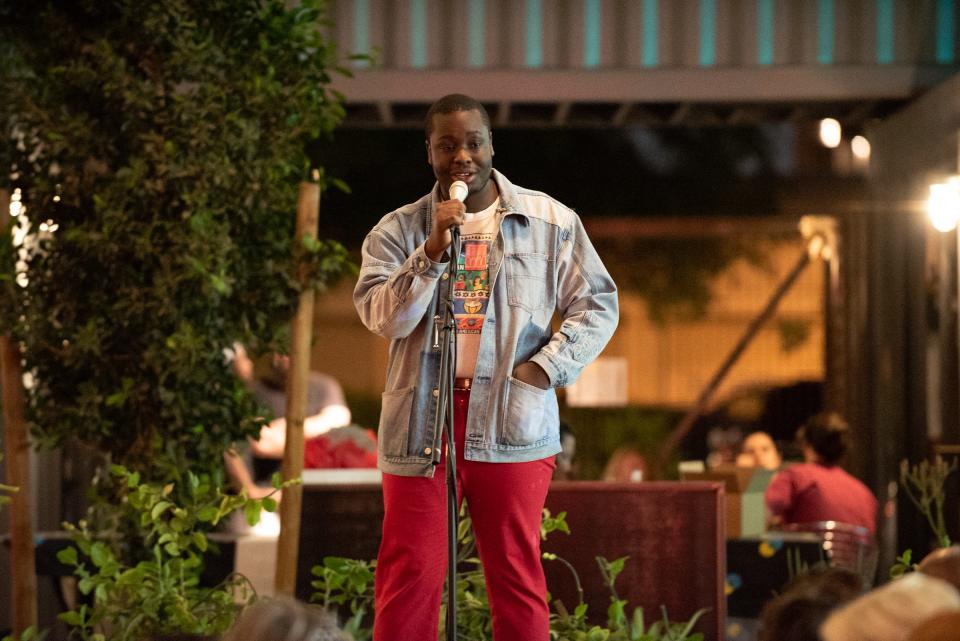
Lifting up a hero
Jordan Pollins had been looking forward to "Avengers" for months, but less so after his mom made him take his older brother, John, whom he once idolized. But now, his older brother has been diagnosed with schizophrenia. The superheroes in the film falter and support each other through weaknesses, and it makes Jordan realize he can do the same for his brother.
AUDIO: Listen as Jordan shares his story.
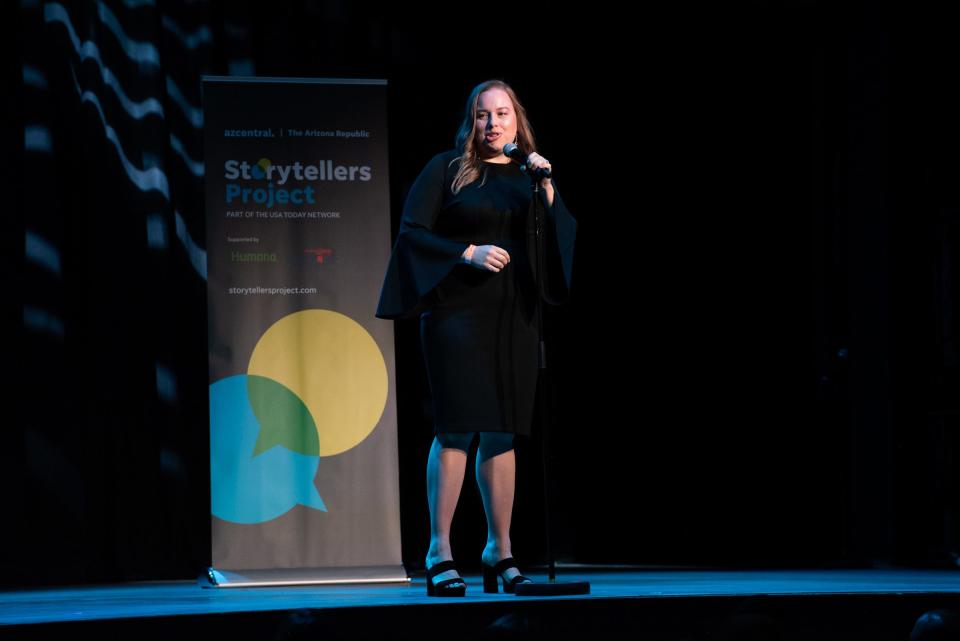
A reformed nark
Kaila White grew up being a good student and a tattletale. For years, she told on her classmates and believed there was something called the "National Cheaters Registry." In high school, an entire class except for Kaila cheats. She asks her teacher if all the students will get put on the registry, and he looks at her like she's crazy. She realizes the error of her ways and changes her behavior.
AUDIO: Listen to Kaila's story.
One last thing: Wednesday's newsletter had two errors. Anthony Davis joined UC San Diego in 1998 and he first submitted his work for Pulitzer Prize consideration in 1994. My apologies.
In California is a roundup of news from across USA TODAY Network newsrooms. Also contributing: Quartz, Associated Press, Los Angeles Times, San Francisco Chronicle, Santa Barbara Independent.
This article originally appeared on USA TODAY: COVID-19, California, Newsom, bird watching, pollution: Thurs news

